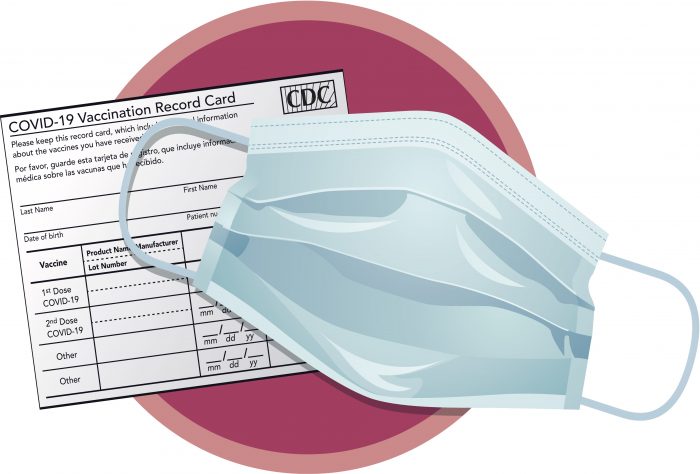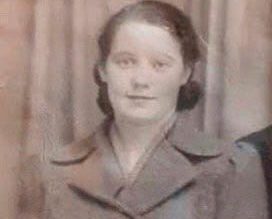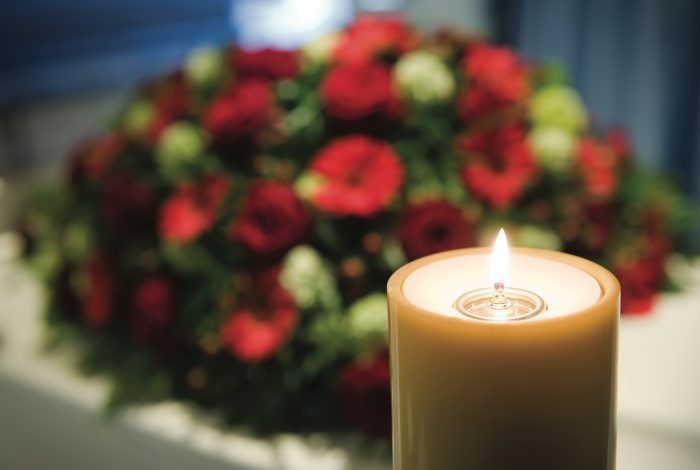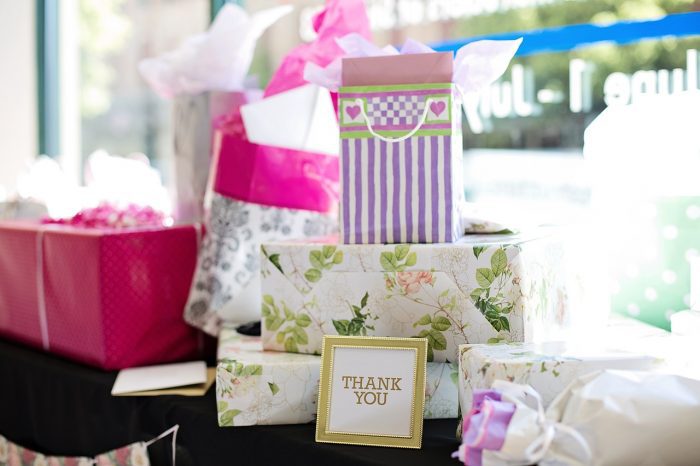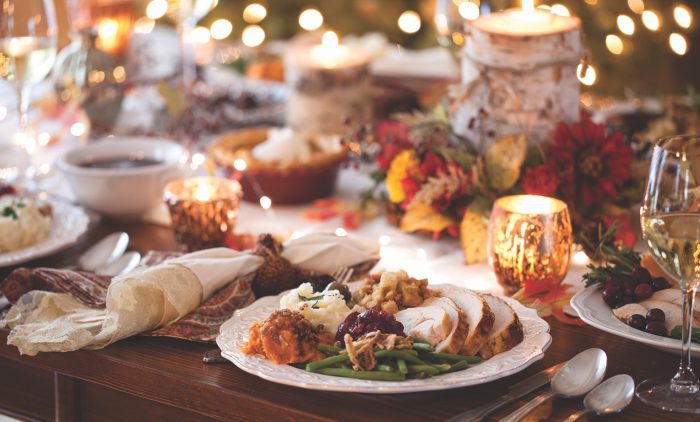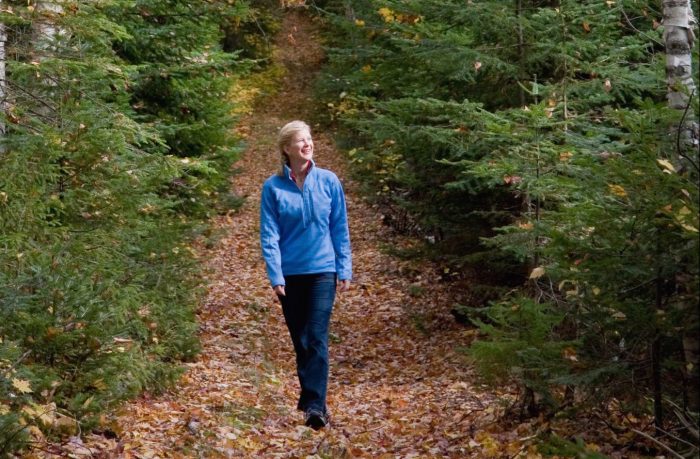By Leah S. Dunaief

Not every student graduating from high school wants to go to college. In the middle of the last century, many traditional high schools in New York offered three tracks to a diploma: academic, vocational and general. Somewhere along the way, those last two seem to have disappeared or at least become less visible. But for those students not wishing to continue with their academic education, that’s a loss, and some educators and business people are realizing that.
In Boston, there is a new initiative to bring together high schoolers wishing career training with hospitals greatly understaffed and needing more workers. There is also at least one such effort locally to place interested students on a track to a well-paying job on Long Island’s north shore.
First the Boston story. The Mass General system, the city’s largest employer, needs people to fill the 2000 job vacancies in its hospitals. Bloomberg Philanthropies has stepped forward with a $38 million investment, to connect a small high school with the hospitals in a program that will involve some 800 students, leading them to jobs in medical services. “Students will earn college credits as they train for careers in nursing, emergency medicine, lab science, medical imaging and surgery,” according to an article in The New York Times this past Thursday.

Bloomberg, by the way, has pledged to invest $250 million over five years in ten cities and regions, pairing high schoolers with hospitals in an effort to help both. Howard Wolfson, education program lead at Bloomberg Philanthropies, was quoted by the NYT as saying, “There is a growing sense that the value of college has diminished, relative to cost. This [program] should not be construed as anti-college—every kid who wants to go should have the opportunity. But at the same time, we have to acknowledge the reality that, for a lot of kids, college is not an option, or they want to get on with their careers.”
The foundation was started by Michael Bloomberg, New York’s former mayor, who grew up in Boston. Funding will also go to New York, Philadelphia, Nashville, Houston, Dallas, Charlotte and Durham, as well as rural regions in Tennessee and Alabama. The idea is for students to choose a specialty by the end of tenth grade, and then train for the remaining two years in those areas of interest. Attention has been increasing on vocational education in the last few years, according to a state report in Massachusetts. Similar interest would probably be echoed here in New York.
Such an addition to the workforce in hospitals would also serve to better meet the needs of patients. And more well-paying jobs would ideally increase a city’s middle class, allowing students from some low-income households to graduate and move right into a good position. Some of the Bloomberg money is pegged for school social workers and mental health clinicians to further enable the students to succeed in this program.
And since a number of these students will probably come from minority families, they will help diversify the current staffs and better reflect the patient load in the hospitals. There are, according to NYT and Bloomberg’s Wolfson, some two million job openings that exist in health care across the nation. That number will probably double by 2031.
While this program targets hospital needs, other such feeder schools could aim to fill shortages of teachers and in other careers offering opportunity.
Our local program, similar in aiming to fill positions with guaranteed jobs for trained workers, is organized by the Bridgeport and Port Jefferson Ferry Company. Additional personnel will enable the ferry company, which employs a crew of 11 per boat, to continue carrying at least 450,000 cars and trucks, and some 300,000 walk-on passengers between the two states each year. That’s been their average, and perhaps it will increase as their newest boat, The Long Islander, is added in August to the fleet.


